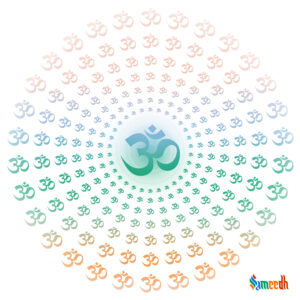The Pancharatra Agamas are a significant group of scriptures within the Vaishnavism tradition, specifically associated with the worship of Lord Vishnu and his various incarnations. These Agamas provide detailed guidelines for temple rituals, worship practices, and philosophical teachings within the Vaishnavism framework. The term “Pancharatra” is derived from Sanskrit, where “pancha” means five, and “ratra” means night.

The Pancharatra tradition emphasizes five aspects or modes of worship. Key features and aspects of the Pancharatra Agamas include:
- Five Modes of Worship: The Pancharatra Agamas outline five modes of worship, which focus on five aspects of the deity. These aspects are:
- Para: The transcendent aspect of the deity.
- Vyuha: The expansion or emanation of the deity.
- Vibhava: The incarnations of the deity.
- Antaryami: The indwelling presence of the deity.
- Arcavatara: The deity’s manifestation in the worshipable form.
- Temple Worship and Rituals: The Pancharatra Agamas provide detailed instructions for the construction and consecration of temples dedicated to Lord Vishnu. They prescribe specific rituals, daily worship practices, and ceremonies performed by priests in these temples.
- Philosophical Teachings: Along with the practical aspects of worship, the Pancharatra Agamas also contain philosophical teachings related to the nature of the divine, the relationship between the worshipper and the worshipped, and the path to spiritual liberation.
- Devotional Emphasis: The Pancharatra tradition places a strong emphasis on devotion (bhakti) as a means of attaining spiritual progress and realizing the divine presence in one’s life. Devotees following the Pancharatra Agamas engage in various devotional practices, including chanting of mantras and participation in temple rituals.
- Prominent Texts: Some of the prominent Pancharatra Agamas include:
- Ahirbudhnya Samhita
- Paushkara Samhita
- Parama Samhita
- Lakshmi Tantra
- Narada Pancharatra
Devotees within the Vaishnavism tradition who follow the Pancharatra Agamas adhere to these scriptures’ guidelines to express their devotion to Lord Vishnu and seek spiritual upliftment.
